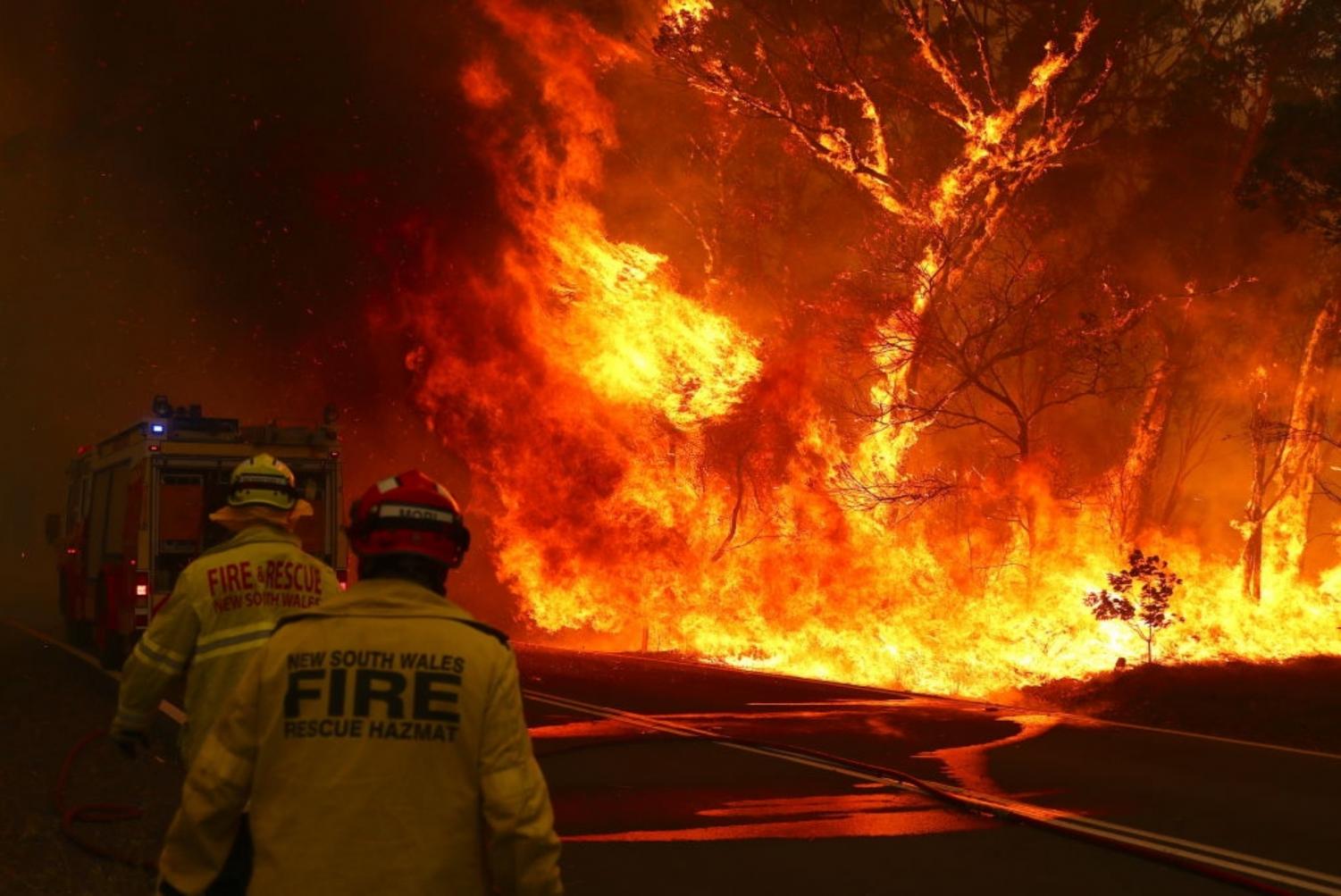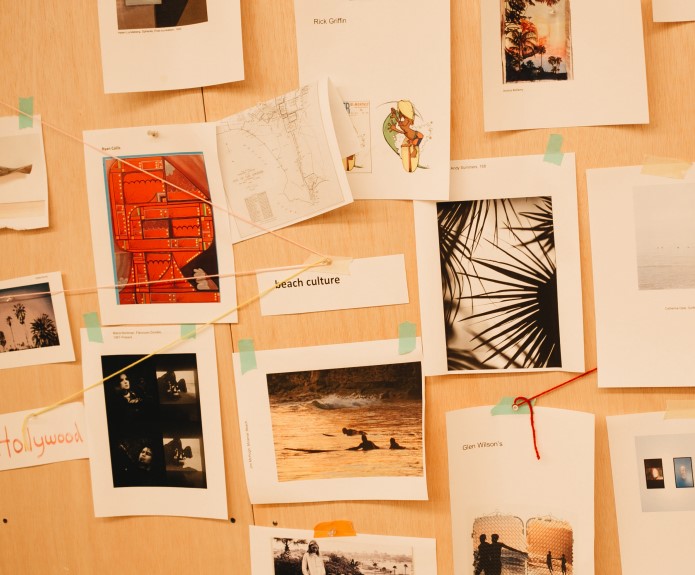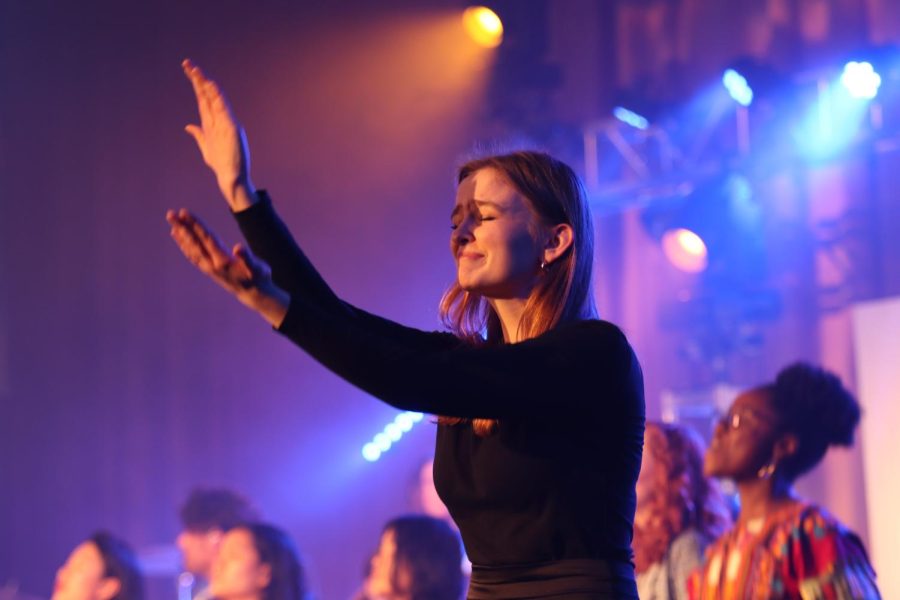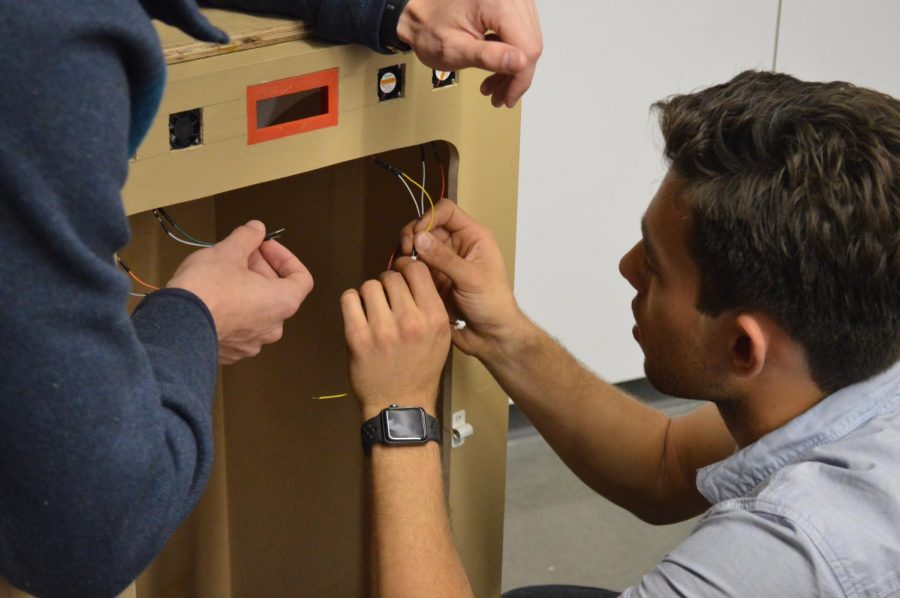(This story was originally published in print on Jan. 23, 2020).
Instead of soft white clouds, senior business management major Edwyn Ramos peered out of the plane window to see a canopy of black stretching for miles across the Australian landscape below. Glowing flames reflected off a dome of smoke, trapping the swirling charcoal-colored air under a film of heat and light.
Ramos was not sure what to expect when returning home to Glenwood, New South Wales this past Christmas break.
According to Google’s interactive crisis map, there were fires in all six of Australia’s states just last week. The damage in New South Wales—where Ramos grew up—has been especially brutal, as more than 3,000 homes in the area have been damaged or destroyed, according to CNN. More than 17.9 million acres have been burned so far, nearly 17 times the amount of land burned in California’s 2018 wildfires.
A SHOCKING WELCOME
“It was maybe two hours to get back to Australia, and I look out the window and you could already see the black smoke,” Ramos said. “It was crazy. I remember for the first two days after I landed it was just red.”
The smoke alone continues to affect life in city centers as tourist destinations like Sydney and Melbourne sit in a thick blanket of charcoal-colored air. CNN estimated the air quality is 11 times the hazardous level rating, and at least 28 people have been reported dead.
TRAVELING WALL OF DESTRUCTION
While his family has not been directly affected by the wildfires, one of Ramos’ friends already evacuated to the coastland areas after his region was deemed unsafe by authorities.
“It hasn’t hit our area yet, but I know from other friends from the countryside that…have had to evacuate,” Ramos said.
Ramos recalled a conversation with a volunteer firefighter, who described the incredible wall-like flames as 3-stories tall and spanning across many kilometers.
“From his view, he’s just plain worn out because flames are really, really hot. There are only limited things that these guys can do because these fires are happening in such far areas,” Ramos said. “It’s hard for emergency departments and firefighters to go to those areas. What’s worse is that it’s not just one area, it’s a whole bunch of areas. That’s why I know that there are a lot of overseas firefighters that have come to help out.”
FLAMES THREATENING A WAY OF LIFE
However, the recent fires are not just destroying millions of acres of land. They are also impacting what Ramos called “the Australian lifestyle” as the topography changes in the wake of the flames.
According to the National Film and Sound Archive of Australia, the Australian beach culture usually thrives during these summer months as tourists flock to the coast to soak in the stunning views, incredible surfing and laid-back environment. But instead of smelling suntan lotion and barbeque, Australian residents are breathing through masks in a sea of smoke.
“This season—December to February—is “bushfire season” because it’s summer, but it has never been this bad,” Ramos said. “Right now it’s a whole other world that we’re not used to.”
HOW TO HELP
Fortunately, Sydney received much-needed rainfall last Wednesday on Jan. 15. However, Ramos says full restoration of homes, land and animal species could take many years.
“From what I know now, it’s getting a little bit better but it’s still pretty bad,” Ramos said. “There are a lot of forests that have been destroyed. It’s going to take a lot of time just to rebuild that.”















